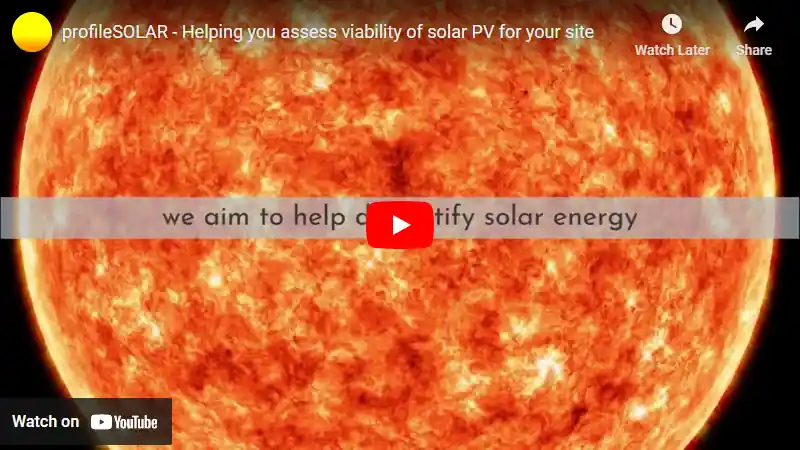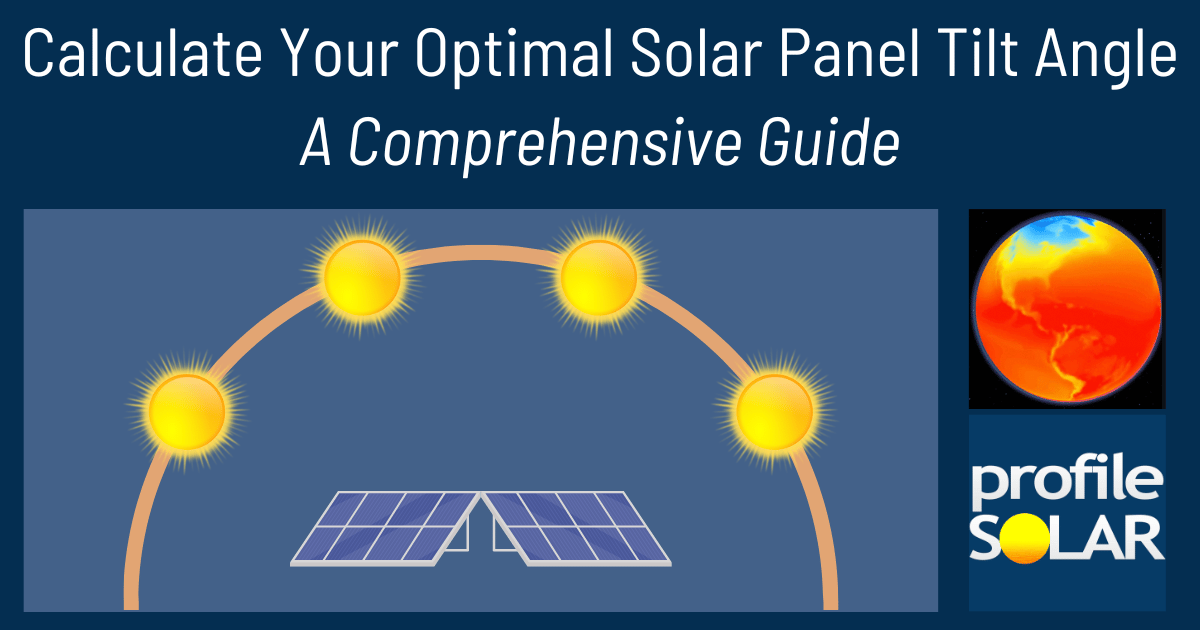

Solar Energy Potential in Port Jefferson Station
Port Jefferson Station, New York, located in the Northern Temperate Zone, offers varying potential for solar energy generation throughout the year. This location experiences significant seasonal fluctuations in solar energy production, which is important to consider when planning a solar PV installation. The summer months provide the highest energy output at 6.13kWh per day for each kilowatt of installed solar capacity. Spring follows closely behind with 5.65kWh/day, making these two seasons the most productive times of the year for solar generation in this area. Autumn sees a moderate decrease in production with 3.63kWh/day, while winter experiences the lowest output at only 2.14kWh/day per kilowatt installed. This winter reduction represents approximately one-third of the summer production levels, highlighting the seasonal variation at this latitude. For maximum year-round energy production, fixed solar panels at Port Jefferson Station should be installed at a 35-degree tilt facing South. This optimal angle has been calculated to maximize the annual solar energy capture across all seasons, accounting for the Earth's elliptical orbit and the location's specific latitude.Environmental and Weather Considerations
Several local factors could potentially impact solar energy production in Port Jefferson Station:- Snow accumulation during winter months can temporarily cover panels, reducing output during an already low-production season
- Coastal weather patterns may bring more cloudy days and precipitation than inland locations
- Tree coverage in this suburban area could create partial shading issues
- Salt air exposure from the nearby Long Island Sound may accelerate corrosion of components
Note: The Northern Temperate Zone extends from 35° latitude North up to 66.5° latitude.
So far, we have conducted calculations to evaluate the solar photovoltaic (PV) potential in 3041 locations across the United States. This analysis provides insights into each city/location's potential for harnessing solar energy through PV installations.
Link: Solar PV potential in the United States by location
Solar output per kW of installed solar PV by season in Port Jefferson Station
Seasonal solar PV output for Latitude: 40.916, Longitude: -73.0497 (Port Jefferson Station, United States), based on our analysis of 8760 hourly intervals of solar and meteorological data (one whole year) retrieved for that set of coordinates/location from NASA POWER (The Prediction of Worldwide Energy Resources) API:




Ideally tilt fixed solar panels 35° South in Port Jefferson Station, United States
To maximize your solar PV system's energy output in Port Jefferson Station, United States (Lat/Long 40.916, -73.0497) throughout the year, you should tilt your panels at an angle of 35° South for fixed panel installations.
As the Earth revolves around the Sun each year, the maximum angle of elevation of the Sun varies by +/- 23.45 degrees from its equinox elevation angle for a particular latitude. Finding the exact optimal angle to maximise solar PV production throughout the year can be challenging, but with careful consideration of historical solar energy and meteorological data for a certain location, it can be done precisely.
We use our own calculation, which incorporates NASA solar and meteorological data for the exact Lat/Long coordinates, to determine the ideal tilt angle of a solar panel that will yield maximum annual solar output. We calculate the optimal angle for each day of the year, taking into account its contribution to the yearly total PV potential at that specific location.

Seasonally adjusted solar panel tilt angles for Port Jefferson Station, United States
If you can adjust the tilt angle of your solar PV panels, please refer to the seasonal tilt angles below for optimal solar energy production in Port Jefferson Station, United States. As mentioned earlier, for fixed-panel solar PV installations, it is optimal to maintain a 35° South tilt angle throughout the year.
| Overall Best Summer Angle | Overall Best Autumn Angle | Overall Best Winter Angle | Overall Best Spring Angle |
|---|---|---|---|
| 24° South in Summer | 45° South in Autumn | 56° South in Winter | 34° South in Spring |
Our recommendations take into account more than just latitude and Earth's position in its elliptical orbit around the Sun. We also incorporate historical solar and meteorological data from NASA's Prediction of Worldwide Energy Resources (POWER) API to assign a weight to each ideal angle for each day based on its historical contribution to overall solar PV potential during a specific season.
This approach allows us to provide much more accurate recommendations than relying solely on latitude, as it considers unique weather conditions in different locations sharing the same latitude worldwide.
Calculate solar panel row spacing in Port Jefferson Station, United States
We've added a feature to calculate minimum solar panel row spacing by location. Enter your panel size and orientation below to get the minimum spacing in Port Jefferson Station, United States.
Our calculation method
- Solar Position:
We determine the Sun's position on the Winter solstice using the location's latitude and solar declination. - Shadow Projection:
We calculate the shadow length cast by panels using trigonometry, considering panel tilt and the Sun's elevation angle. - Minimum Spacing:
We add the shadow length to the horizontal space occupied by tilted panels.
This approach ensures maximum space efficiency while avoiding shading during critical times, as the Winter solstice represents the worst-case scenario for shadow length.
Topography for solar PV around Port Jefferson Station, United States
Topography of Port Jefferson Station, New York
Port Jefferson Station is situated on the north shore of Long Island, New York, approximately 60 miles east of Manhattan. The topography of this area is characterized by gentle rolling hills and shallow valleys, typical of the glacial moraine landscape that forms much of Long Island's backbone. The elevation in the Port Jefferson Station area generally ranges between 50 to 150 feet above sea level, with some higher points in the surrounding terrain. The land gradually slopes downward as it approaches Port Jefferson Harbor to the north, where the terrain meets the Long Island Sound. This north-facing aspect creates a varied landscape with numerous small hills and depressions formed by glacial deposits from the Wisconsin glaciation period, which ended approximately 20,000 years ago. The underlying geology consists primarily of sand and gravel deposits atop deeper clay layers. Vegetation in the area is predominantly mixed deciduous forest where development hasn't occurred, with oak, maple, and pine trees being common. The built environment consists of suburban residential neighborhoods, commercial corridors, and some remaining agricultural lands in the broader vicinity.Solar PV Potential in Surrounding Areas
For large-scale solar PV installations, several nearby areas offer promising characteristics based on topography and land use patterns. The relatively flat plateaus to the south of Port Jefferson Station, extending toward the central parts of Long Island, present favorable conditions for solar array deployment. These areas have fewer trees and more open spaces compared to the immediate vicinity of Port Jefferson Station. The terrain around Calverton and Riverhead, approximately 15-20 miles east of Port Jefferson Station, features more expansive flat areas that were historically used for agriculture or as part of the former Grumman aerospace facility. These locations combine advantageous topography with already-cleared land, reducing the environmental impact of new solar installations. Areas to the southwest, toward Ronkonkoma and Holbrook, also offer relatively level terrain with some existing commercial and industrial zones that could potentially accommodate large solar arrays on rooftops or as ground-mounted systems. The gently rolling nature of this landscape would require minimal grading for solar installation. The coastal areas immediately north of Port Jefferson Station are less suitable for large-scale solar development due to higher population density, more varied terrain with north-facing slopes, and greater tree coverage. Similarly, the more steeply sloped areas directly east and west of Port Jefferson Harbor present challenges for efficient solar array placement. From a topographical perspective, the optimal locations for solar development would be the south-facing gentle slopes found throughout the broader region, particularly those that have already been cleared of forest cover. These areas would benefit from favorable sun angles while requiring minimal site preparation.United States solar PV Stats as a country
United States ranks 2nd in the world for cumulative solar PV capacity, with 95,209 total MW's of solar PV installed. This means that 3.40% of United States's total energy as a country comes from solar PV (that's 26th in the world). Each year United States is generating 289 Watts from solar PV per capita (United States ranks 15th in the world for solar PV Watts generated per capita). [source]
Are there incentives for businesses to install solar in United States?
Yes, there are several incentives for businesses wanting to install solar energy in the United States. These include federal tax credits, state and local rebates, net metering policies, and renewable energy certificates (RECs). Additionally, many states have enacted legislation that requires utilities to purchase a certain amount of electricity from renewable sources such as solar.
Do you have more up to date information than this on incentives towards solar PV projects in United States? Please reach out to us and help us keep this information current. Thanks!
Citation Guide
Article Details for Citation
Author: Aaron Robinson
Publisher: profileSOLAR.com
First Published: Thursday 15th of May 2025
Last Updated: Sunday 18th of May 2025
Tell Us About Your Work
We love seeing how our research helps others! If you've cited this article in your work, we'd be delighted to hear about it. Drop us a line via our Contact Us page or on X, to share where you've used our information - we may feature a link to your work on our site. This helps create a network of valuable resources for others in the solar energy community and helps us understand how our research is contributing to the field. Plus, we occasionally highlight exceptional works that reference our research on our social media channels.
Feeling generous?

Share this with your friends!


Compare this location to others worldwide for solar PV potential
The solar PV analyses available on our website, including this one, are offered as a free service to the global community. Our aim is to provide education and aid informed decision-making regarding solar PV installations.
However, please note that these analyses are general guidance and may not meet specific project requirements. For in-depth, tailored forecasts and analysis crucial for feasibility studies or when pursuing maximum ROI from your solar projects, feel free to contact us; we offer comprehensive consulting services expressly for this purpose.
Helping you assess viability of solar PV for your site
Calculate Your Optimal Solar Panel Tilt Angle: A Comprehensive Guide
Enhance your solar panel's performance with our in-depth guide. Determine the best tilt angle using hard data, debunk common misunderstandings, and gain insight into how your specific location affects solar energy production.






